7-day keto diet plan & meals
Try this dietitian-approved keto diet plan with ideas for breakfast, lunch, and dinner

The keto diet continues to be a popular way of eating for people looking to lose weight, stabilize their blood sugar and insulin levels, and in some cases, reduce the risk of or even reverse type 2 diabetes. The keto diet makes these health improvements possible by limiting carbs and emphasizing a high intake of fat (up to 90% of your diet, in some cases).
This change in macronutrient intake can teach your metabolism to burn fat, rather than sugars and carbohydrates, for energy. As a result, you may be able to burn the stored fat in your body more efficiently. This is known as ketosis, as your body is producing compounds known as ketones, rather than fat, for energy. When your blood ketone levels exceed 0.5 millimoles per liter, you have entered ketosis.
Whether you’ve been following the keto diet for years or you’re a beginner, this 7-day meal plan will help to give you some direction about what to eat for breakfast, lunch, and dinner on a low carb, high fat diet plan. Have a look at our guide to keto diet foods for what to eat if you're struggling to get started
What you need to know before starting a keto diet
If you’re interested in starting a ketogenic diet, “it’s important to work with a dietitian to make sure you don’t miss essential nutrients or negatively impact your digestion, blood pressure, and social life”, according to Erin Kenney, registered dietitian and CEO of Nutrition Rewired.
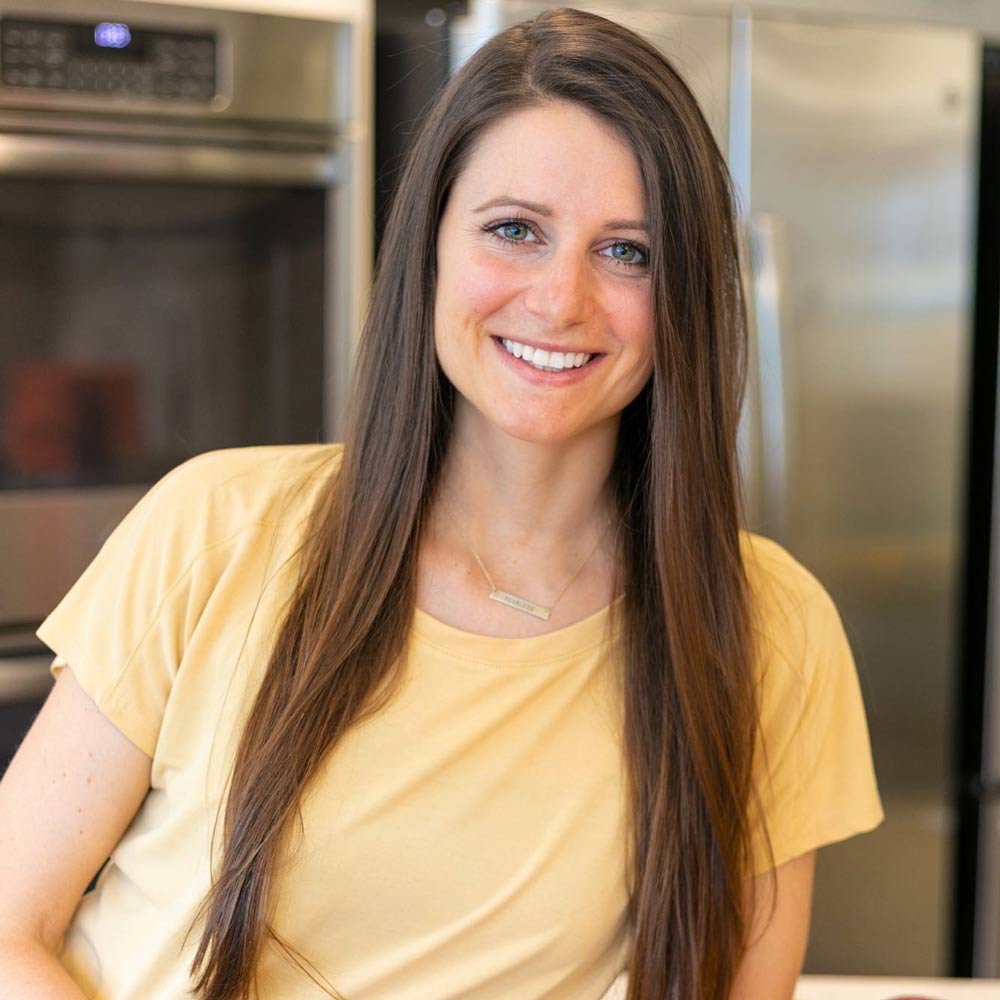
Erin Kenney is a registered dietitian from Boston who specializes in gastrointestinal disorders and sports nutrition. She has a Bachelor of Applied Science in Foods, Nutrition and Wellness Studies from the University of New Hampshire, and a Master's degree in Nutrition Science from Framingham State University.
The keto diet is not for everyone. In particular, anyone living with a condition that affects their pancreas, liver, thyroid, or gallbladder or those with a history of disordered eating should speak to a medical professional before starting the keto diet.
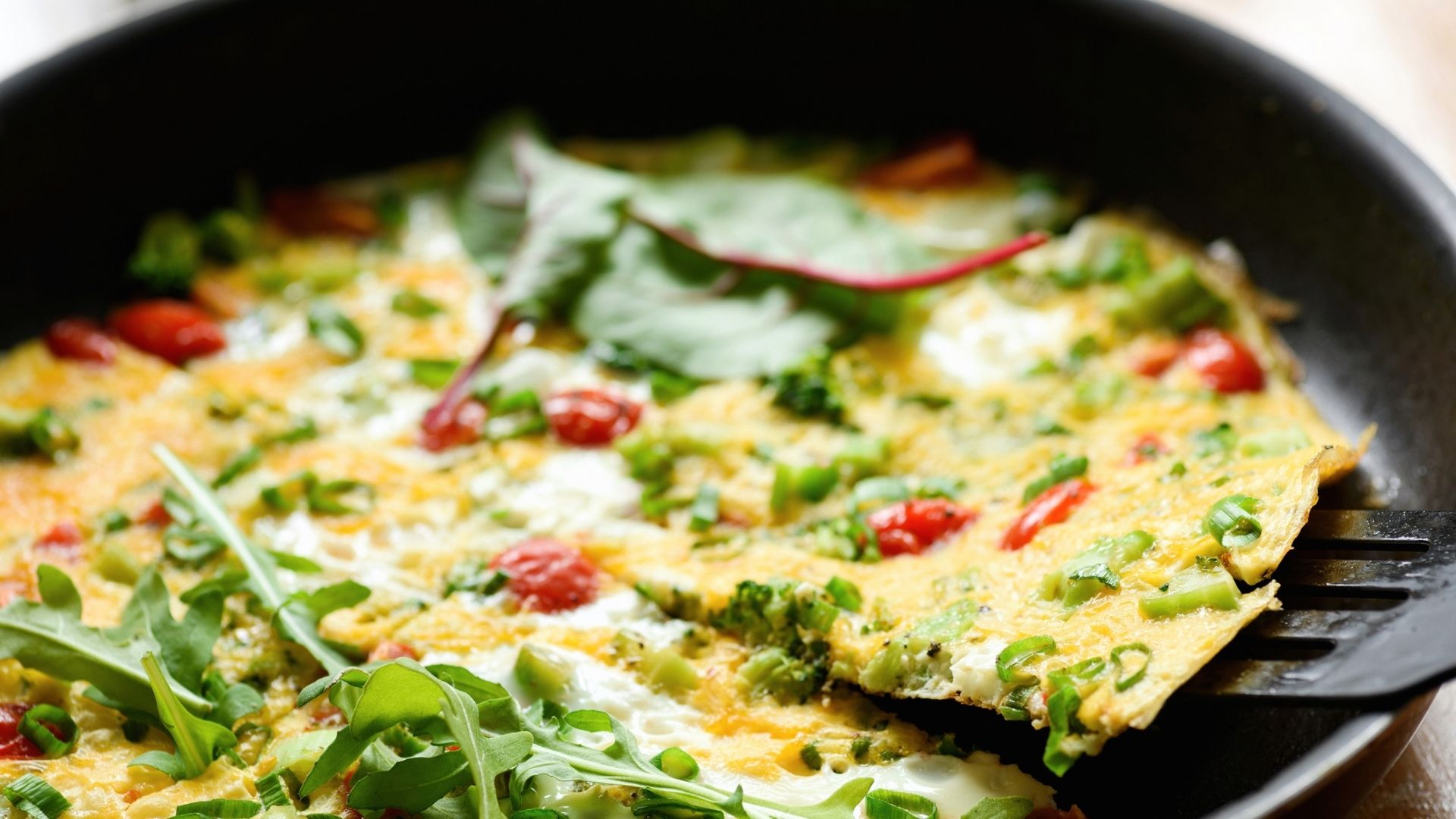
What to eat on the keto diet
Kenney emphasizes that, for people following a ketogenic diet for weight loss, the balance of macronutrients is key. “Consuming even too much protein can throw someone out of ketosis. And the total daily allotment of carbohydrates to maintain ketosis is around 20-50 grams of net carbs for most people.”
According to Kenney, the best foods to maintain ketosis include fish, meat, poultry, dairy, eggs, non-starchy vegetables, berries, and oils. This includes fatty fish like salmon and mackerel, avocados, full-fat (unsweetened) dairy products, beef, and leafy and cruciferous vegetables like spinach, kale, broccoli, cauliflower, and brussels sprouts. Many types of fruit are high in carbohydrates, but berries, melons, and tomatoes are not so they’re more keto-friendly.
Get the world’s most fascinating discoveries delivered straight to your inbox.
- Related: What fruits can you eat on keto?
Off-limit foods include higher carbohydrate fruits and vegetables (such as corn, beets, and sweet potatoes) and foods like sugary desserts, soda, wheat bread, crackers, and rice.
Once you focus on higher-fat, lower-carb foods, designing a meal plan that will keep you in ketosis becomes easier than you might expect. We got Kenney’s recommendations for breakfasts, lunches, and dinners on a keto diet. Here are some of the suggestions she provides clients.
Keto diet meal plan: Day 1
- Breakfast: Pancakes made with almond flour, eggs, and coconut milk served with fresh berries.
- Lunch: BLT salad with grilled chicken, tomatoes, and bacon over chopped romaine and blue cheese dressing.
- Dinner: Cabbage soup with sausage, greens, and melted parmesan.
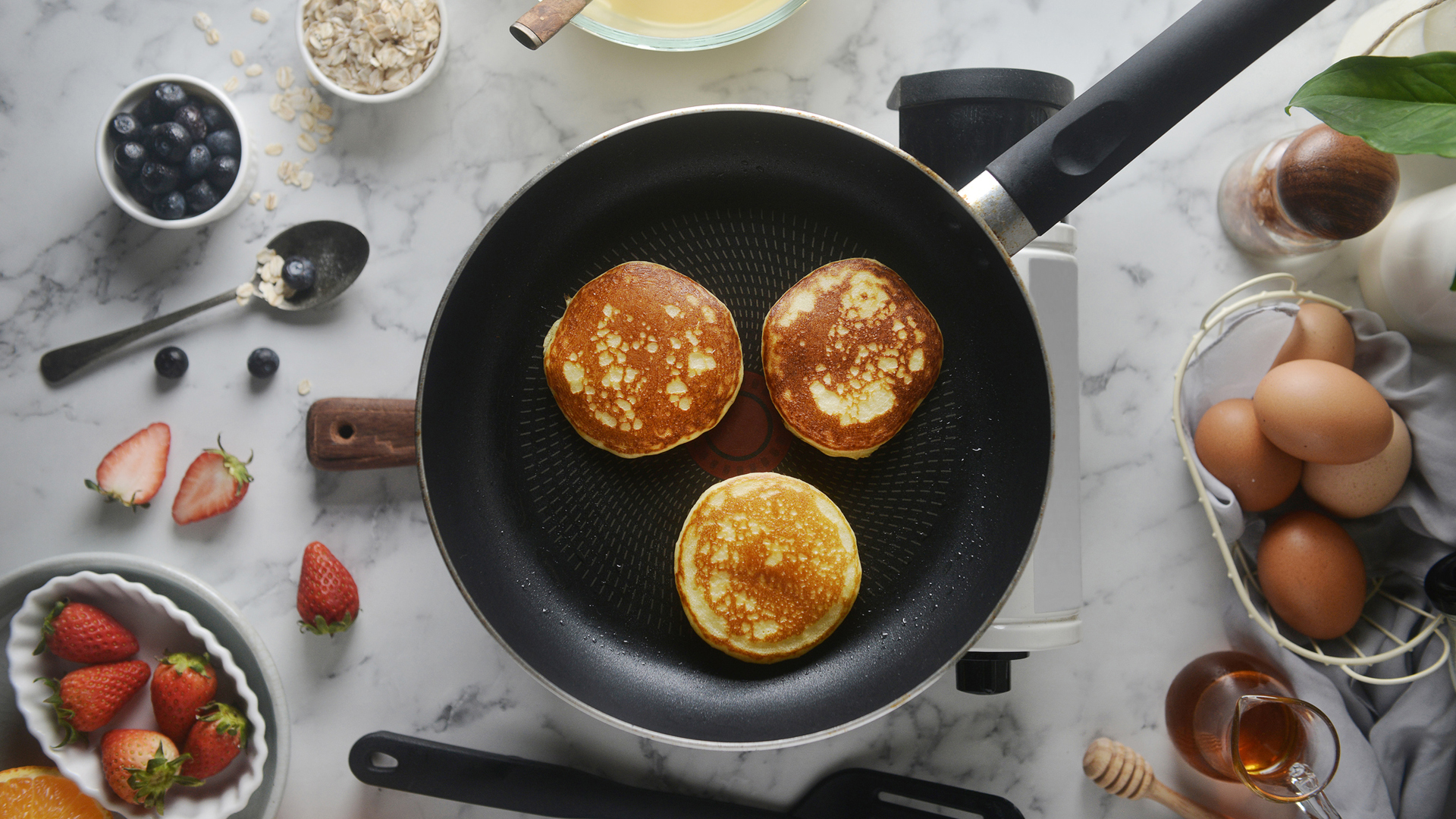
Keto diet meal plan: Day 2
- Breakfast: Full-fat coconut yogurt with mixed nuts and berries.
- Lunch: Tuna salad in an avocado boat.
- Dinner: Chicken parmesan with tomato sauce and zucchini noodles.
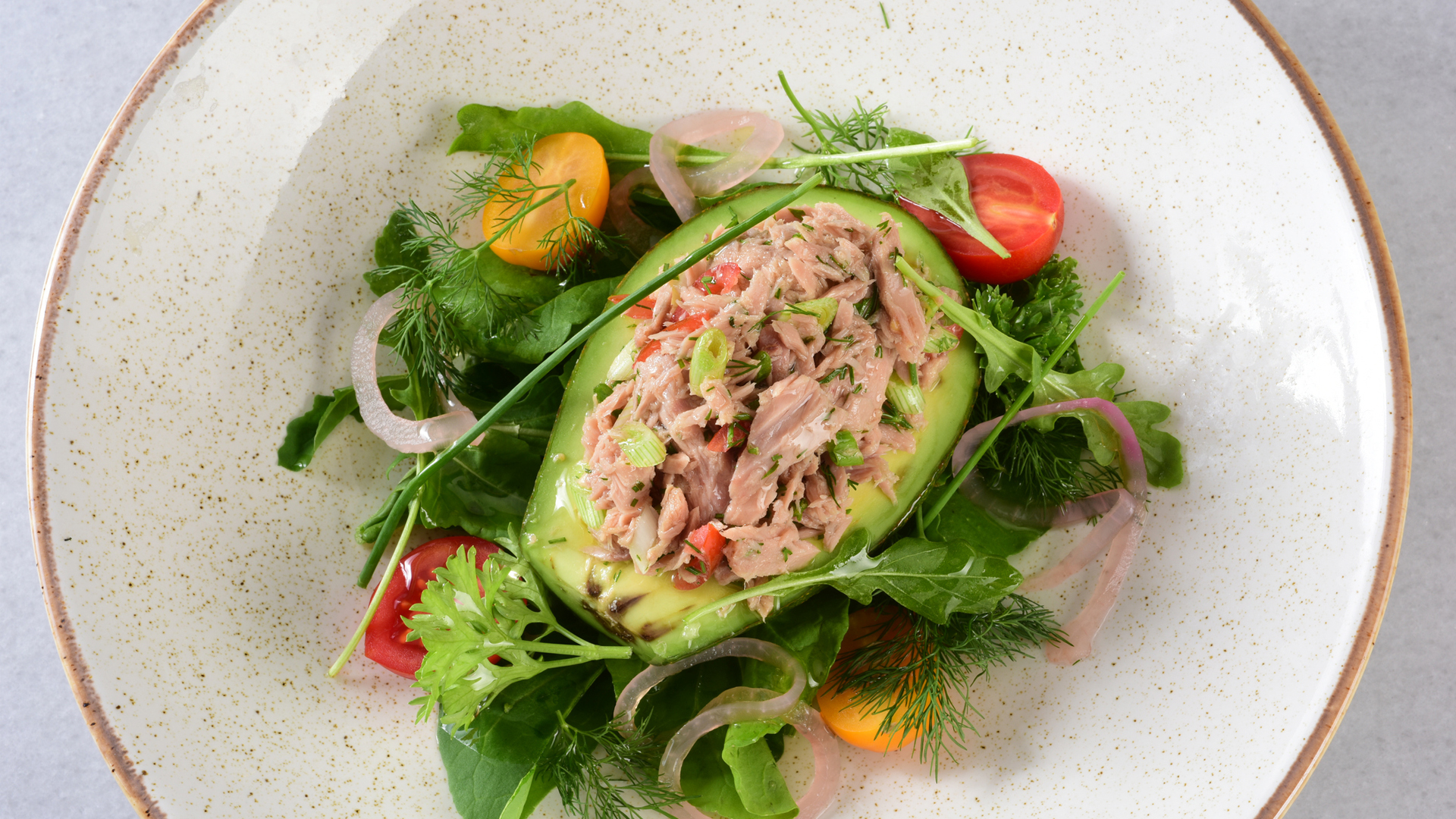
Keto diet meal plan: Day 3
- Breakfast: Toasted keto bread with avocado and smoked salmon
- Lunch: Taco salad with chopped lettuce, ground turkey, tomatoes, red onions, and shredded Monterey jack cheese.
- Dinner: Broccoli-cheese soup.

Keto diet meal plan: Day 4
- Breakfast: Keto granola with coconut milk.
- Lunch: Lettuce wrap sandwich with romaine, turkey, cheese, tomato, and mayo.
- Dinner: Spaghetti squash boats with shrimp, tomato sauce, and melted mozzarella.

Keto diet meal plan: Day 5
- Breakfast: Scrambled eggs with creme fraiche and chives.
- Lunch: Pesto zucchini noodles with grilled chicken.
- Dinner: Bun-less cheeseburgers with homemade aioli and bacon.
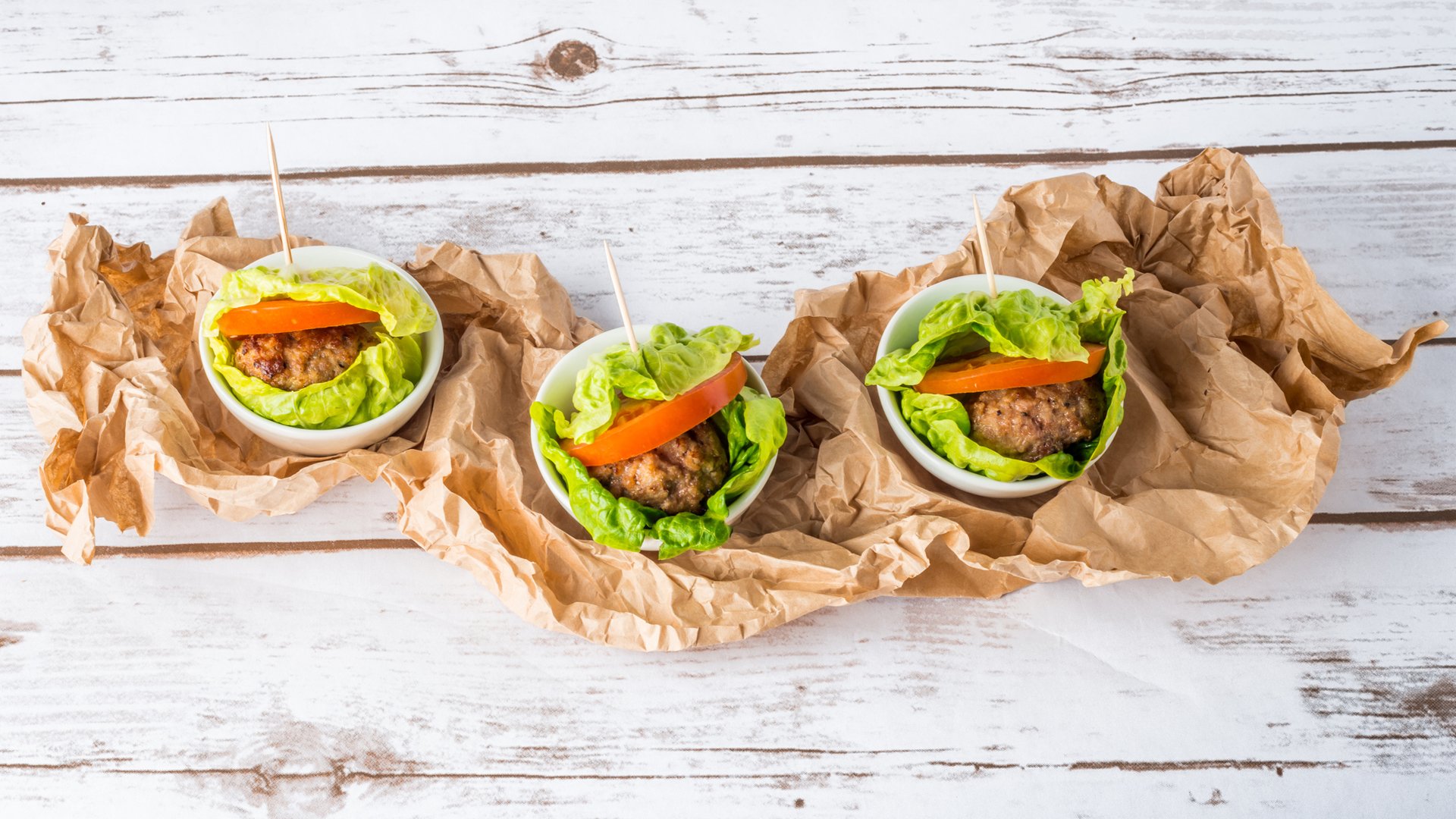
Keto diet meal plan: Day 6
- Breakfast: A breakfast sandwich with keto bread, bacon, fried eggs, and avocado.
- Lunch: Cauliflower fried rice with chicken, eggs, and broccoli.
- Dinner: Lettuce wraps with ground pork stir-fried with onions, soy sauce, and sriracha.
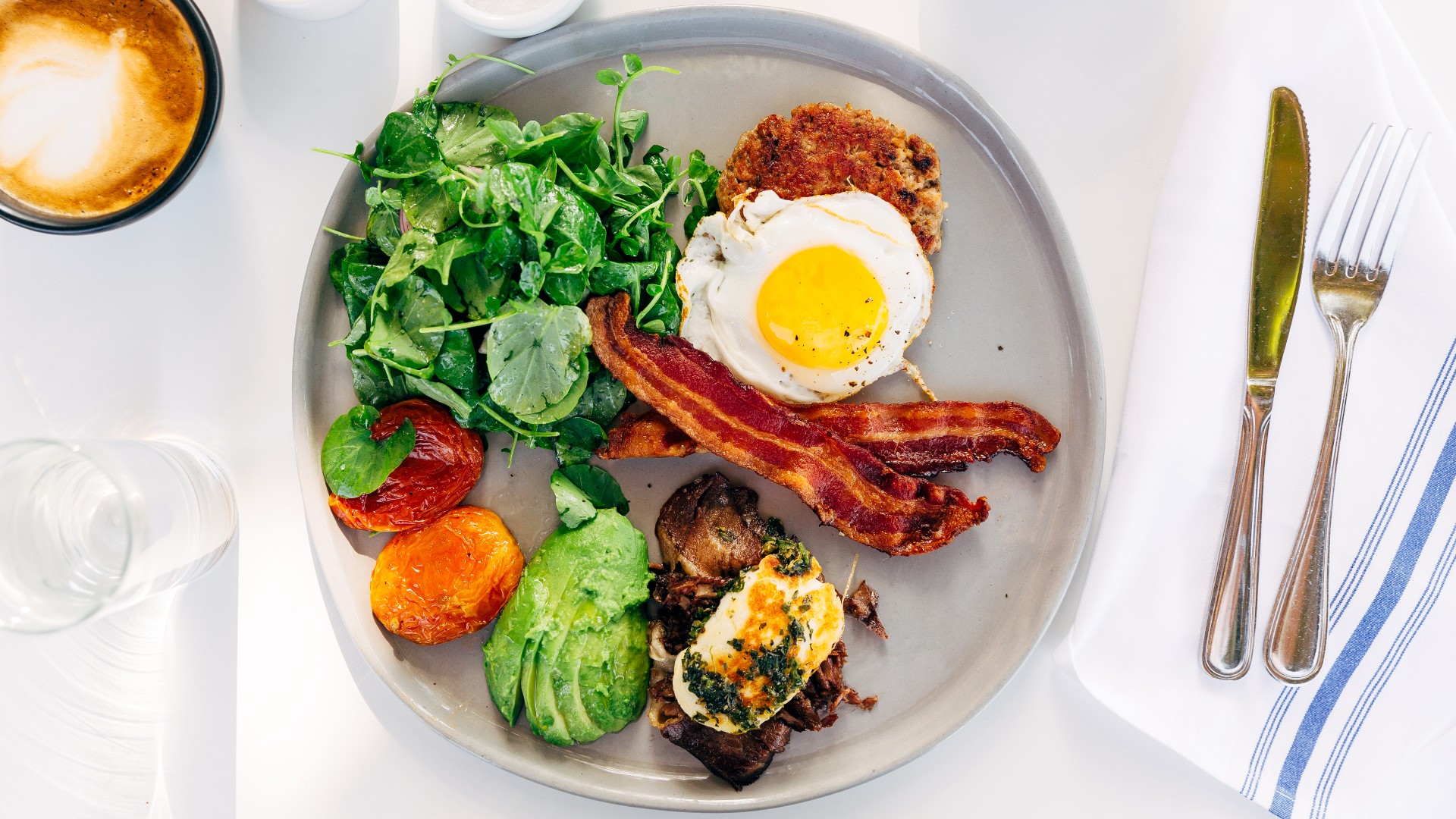
Keto diet meal plan: Day 7
- Breakfast: Smoothie with frozen strawberries, coconut yogurt, and coconut milk.
- Lunch: Quiche made with ham, cheese, and spinach.
- Dinner: Zucchini boats filled with Italian-flavored ground beef, sausage, and cheese.

Tips for following the keto diet
When following a ketogenic diet, the main goal is to eat minimal carbs and prioritize fats. It’s also important to eat enough protein to maintain muscle mass without overdoing it.
Of course, not all fat is created equal. Whether you’re eating keto or not, it’s best to choose fats that are less processed to support heart and brain health. For example, olive oil is lower in omega-6 fats than canola oil. You do need some omega-6 fats to keep your body healthy, but too many can be pro-inflammatory. You can also enjoy butter on the keto diet, and grass-fed butter is often higher in nutrients, including omega-3 fatty acids and linoleic acid.
These days, it’s easy to find tasty swaps for the typical starchy foods you’ll have to skip on a keto diet. For example, instead of wheat pasta, you can try shirataki noodles or even pasta made from vegetables. Instead of sugary cereals, there are plenty of keto-friendly grain-free granolas made with roasted mixed nuts.
You will also want to limit your alcohol intake, as your body processes alcohol before fat for fuel, which can prevent you from entering ketosis. Also, many alcoholic drinks (beer, excepted) contain sugar. In addition, because the initial stage of keto eating will cause your body to shed water weight, you’ll want to make an extra effort to stay hydrated. Drink plenty of water throughout the day to help aid in digestion, satiation, and overall wellbeing. Keeping one of the best water bottles to hand can help.

Lizzy Briskin is a freelance writer focusing on food, health, lifestyle, travel, the outdoors and fitness. Her work has appeared in The Chicago Tribune, EcoWatch, Smart Mouth, Maed, Munchery, and more. She is also a chef, recipe developer and food photographer, having received professional culinary training at Cambridge School of Culinary Arts. Lizzy has lead a successful gluten-free and vegan food blog, and worked as a recipe editor in the meal kit industry.


